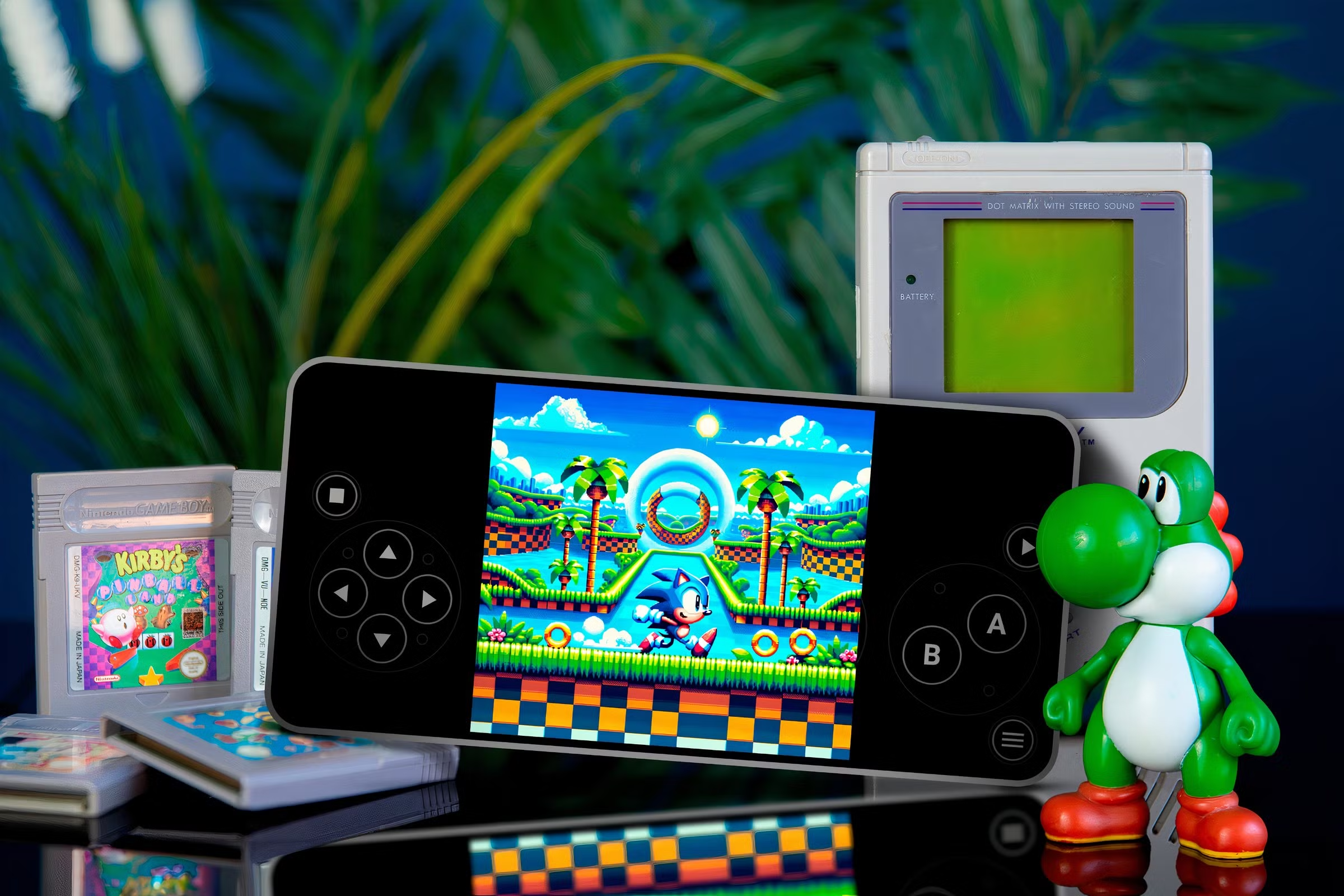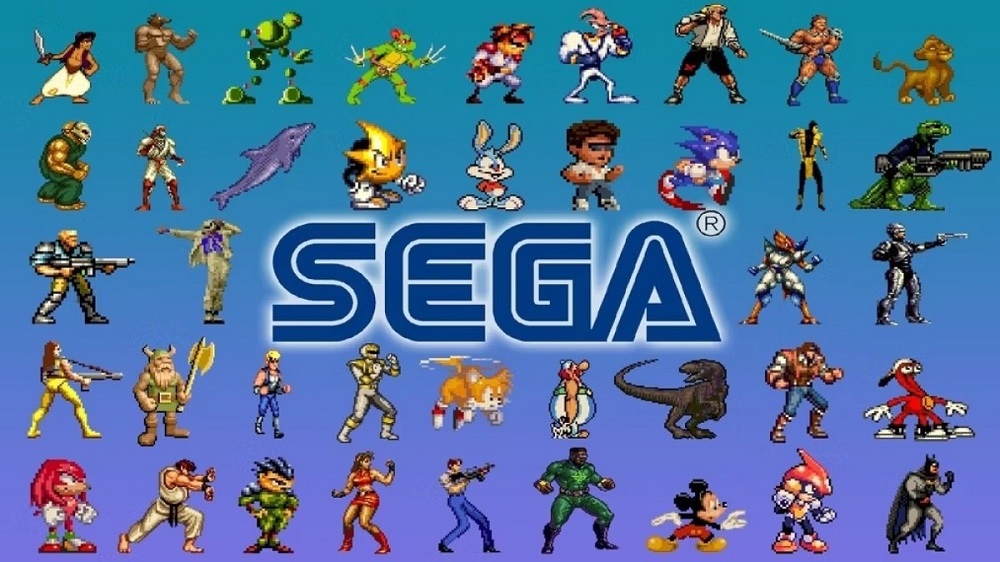When a console’s commercial life ends, most people assume it’s destined for garage sales and attics. But for many systems — from the NES to the Dreamcast — the story doesn’t end with official support. Instead, a passionate community of homebrew developers continues to breathe life into these machines.
At Oldies Nest, we explore how homebrew developers keep old consoles alive, creating new games, tools, and even hardware mods that extend retro systems far beyond their original lifespans.
What Is Homebrew?
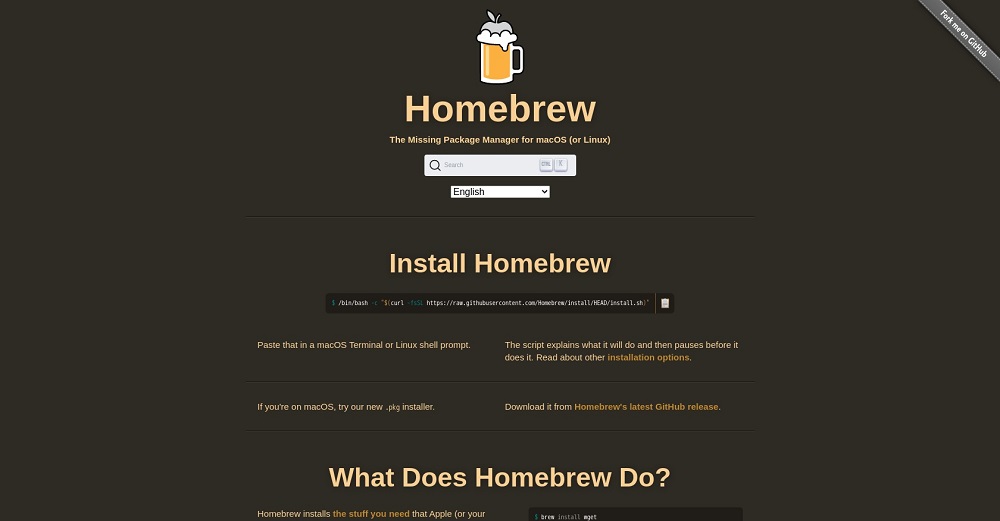
Homebrew refers to fan-made software and hardware designed for consoles without official licensing.
- Software: Original games, ports, utilities, and emulators.
- Hardware: Flash carts, adapters, and custom peripherals.
- Motivation: Passion for retro hardware, preservation, and creative freedom.
This culture overlaps with ROM hacking and mods, but homebrew focuses more on building something entirely new.
Early Days: NES and Atari 2600
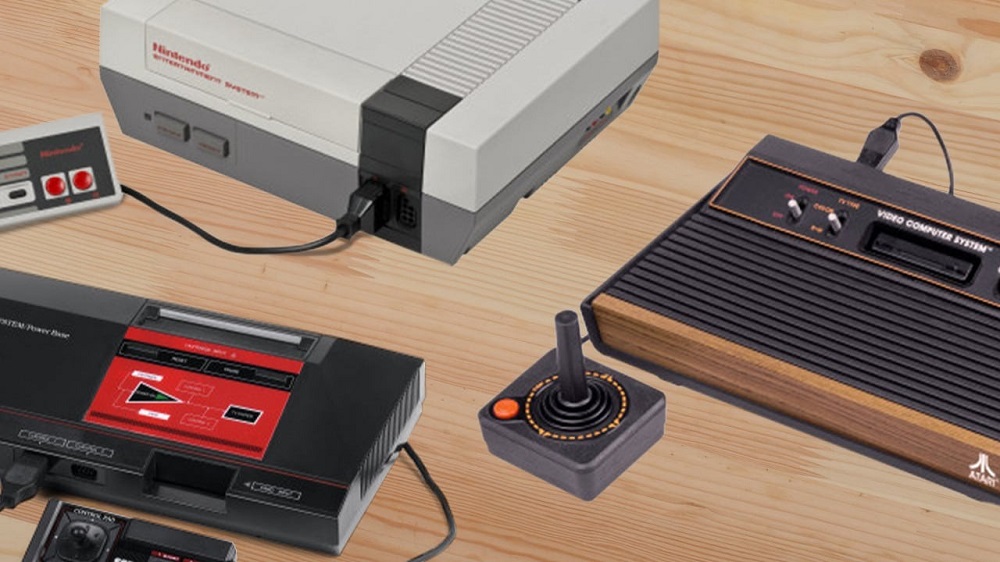
The NES and Atari 2600 are fertile ground for homebrew developers.
- Atari 2600: Fans still program simple games today, thanks to the system’s accessible hardware.
- NES: Homebrews like Battle Kid: Fortress of Peril prove that new titles can run on original hardware.
- Preservation: Keeps consoles relevant to new generations.
Sega’s Homebrew Scene
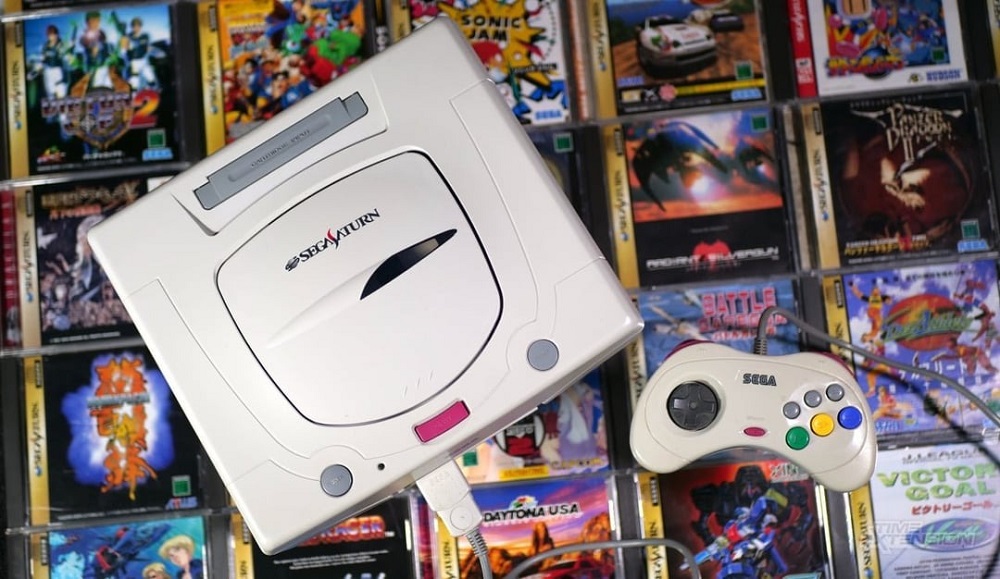
Sega consoles, especially the Genesis and Dreamcast, fostered vibrant homebrew communities.
- Genesis: Developers built shooters, platformers, and even ports of modern indie titles.
- Dreamcast: Thanks to its open architecture, fans created everything from shooters to emulators.
- Why It Matters: Demonstrates how Sega’s hardware, though discontinued, remains a sandbox for creativity.
This ties back to the Dreamcast’s legacy as a console that embraced experimentation.
PlayStation and Beyond
The original PlayStation and PlayStation 2 also enjoy thriving homebrew ecosystems.
- Mods and Utilities: Memory card managers, region unlockers, and custom dashboards.
- Games: Developers release puzzle games and RPGs that run on original discs.
- Tools: Open-source kits make it easier than ever to build for Sony’s classic systems.
Flash Carts and Hardware Mods
One of the most important innovations for homebrew is the flash cartridge.
- How It Works: Lets players load ROMs and homebrew games onto original hardware via SD cards.
- Examples: EverDrive for NES, SNES, Genesis, and Game Boy.
- Hardware Mods: HDMI adapters, region-free chips, and upgraded sound boards.
These tools ensure retro consoles remain functional and enjoyable in the modern era.
Emulation and Cross-Pollination
Homebrew also thrives through emulators, which let developers test their work on PCs before deploying to real hardware.
- Ease of Access: Lowers the barrier to entry for new developers.
- Community Tools: Open-source emulators like FCEUX (NES) double as development kits.
- Preservation: They also preserve rare titles and homebrew projects for the future.
Why Do Developers Do It?
Motivations for homebrew vary:
- Creative Freedom: Build games unconstrained by corporate guidelines.
- Nostalgia: Love for the hardware they grew up with.
- Preservation: Ensure old consoles don’t vanish from cultural memory.
- Community: Collaboration in forums, Discord groups, and retro expos.
Modern Examples of Homebrew Success
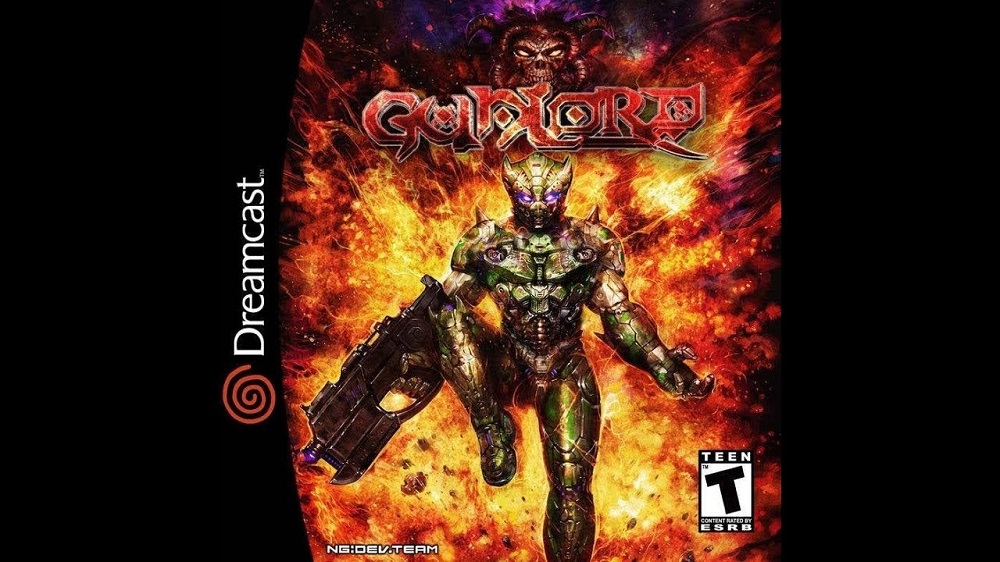
- Pier Solar and the Great Architects (Genesis, 2010) – An ambitious RPG built by fans.
- Gunlord (Dreamcast, 2012) – A spiritual successor to Turrican.
- Micro Mages (NES, 2019) – Fit a full multiplayer platformer into a 40 KB NES cartridge.
These prove that retro consoles are not relics, but living canvases.
Challenges for Homebrew
Despite the passion, homebrew faces hurdles:
- Legal Issues: Risk of copyright infringement when borrowing assets.
- Hardware Limitations: Developers must work within decades-old specs.
- Distribution: Physical cartridges are expensive to manufacture.
Yet these challenges also inspire creative solutions, from crowdfunding to digital ROM releases.
Collector’s Perspective in 2025
Homebrew titles and tools have become part of retro game collecting.
- Limited Editions: Cartridges with custom art and packaging fetch high prices.
- Flash Carts: Essential for collectors wanting to play homebrew on original consoles.
- Community Value: Owning homebrew is like owning a piece of living history.
Why Homebrew Keeps Consoles Alive
Homebrew matters because it ensures consoles never truly die.
- Extends Lifespan: New content decades after discontinuation.
- Fosters Innovation: Developers learn and experiment with retro limits.
- Connects Generations: Young coders and old-school fans collaborate.
The result is a vibrant ecosystem where consoles like the NES, Genesis, and Dreamcast remain relevant in 2025.
Homebrew developers are the unsung heroes of retro gaming. By building new games, hardware mods, and communities, they ensure that old consoles remain alive and thriving.
They prove that creativity doesn’t end when official support stops. In fact, it may just be the beginning.
For collectors, players, and fans alike, homebrew is a testament to the enduring love for retro systems — a love that shows no sign of fading.

